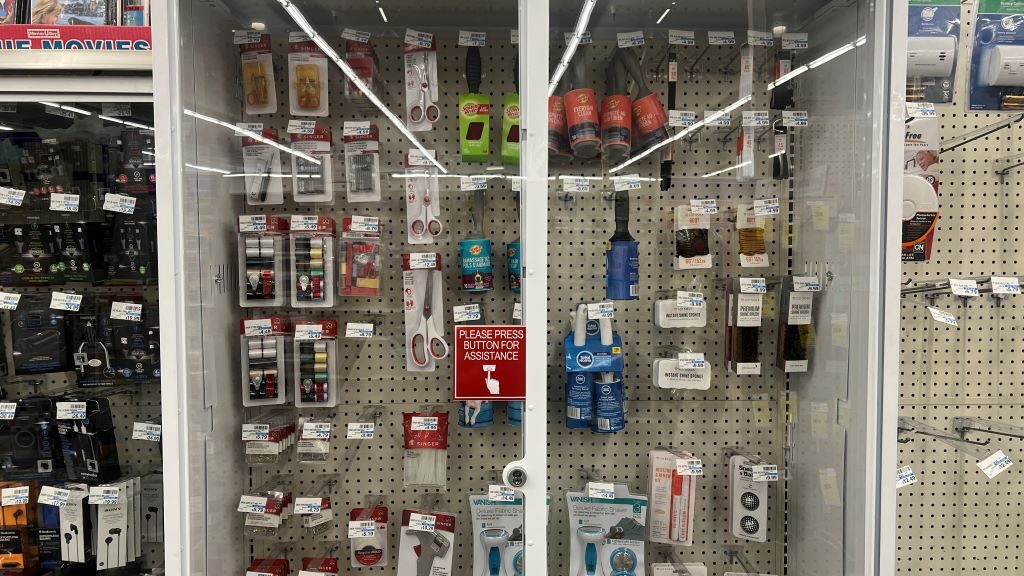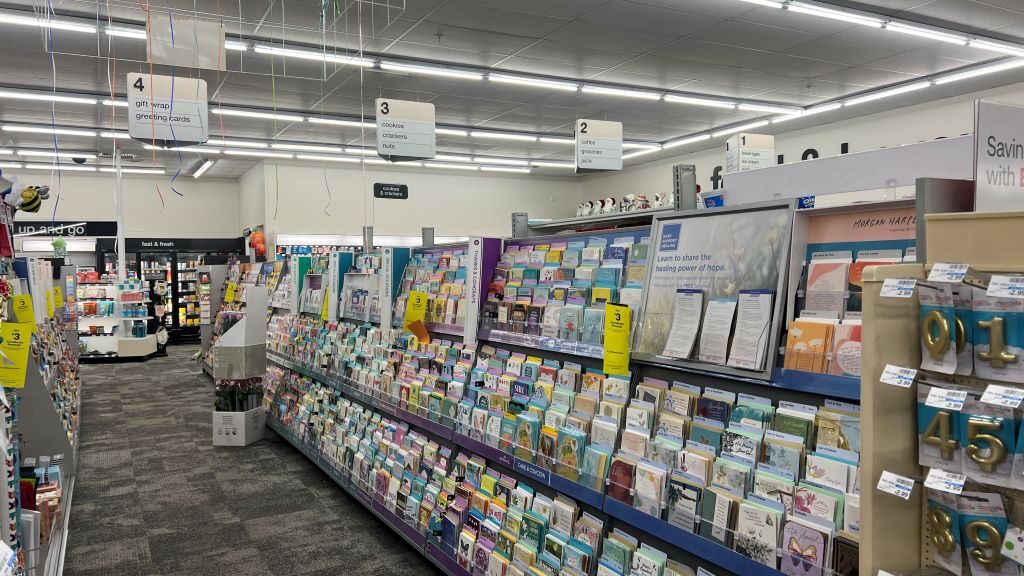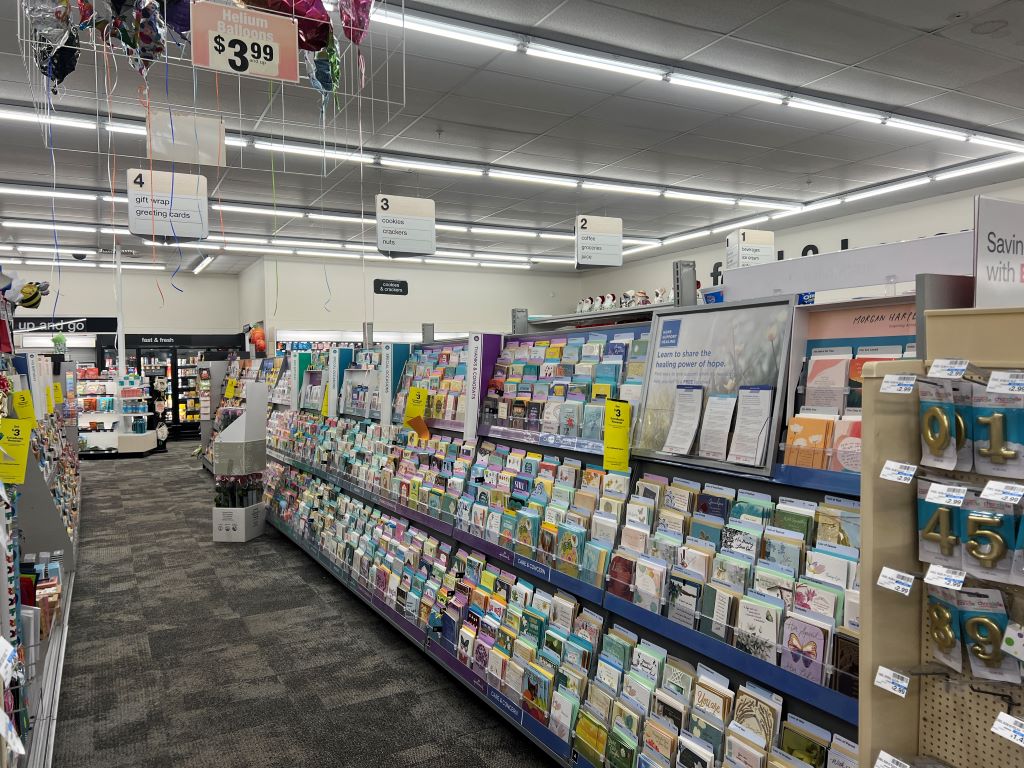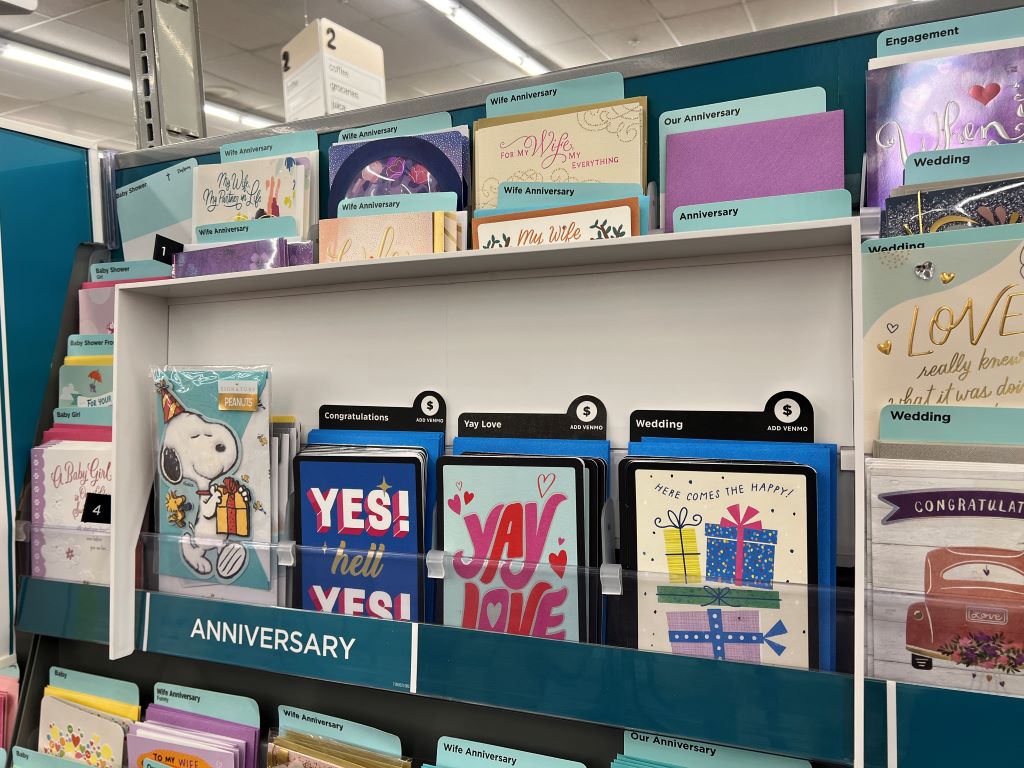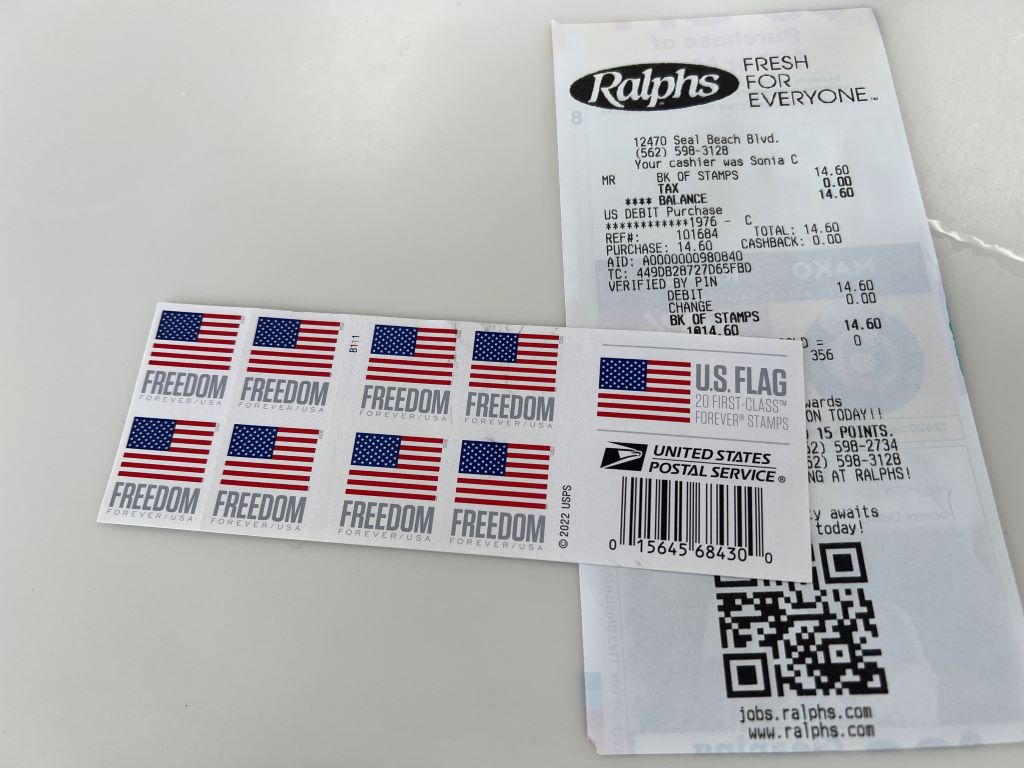During a visit to a CVS store in Redwood City, California, I encountered an unexpected barrier to purchasing something as simple as lint rollers. These inexpensive items were locked behind a glass cabinet, requiring me to press a button to unlock it.

The inconvenience of this process immediately raised questions about the rationale behind such measures. Why would store managers restrict access to low-value products, slowing down the shopping experience? This practice seems counterintuitive in a retail environment where seamless customer interaction leads to higher sales.
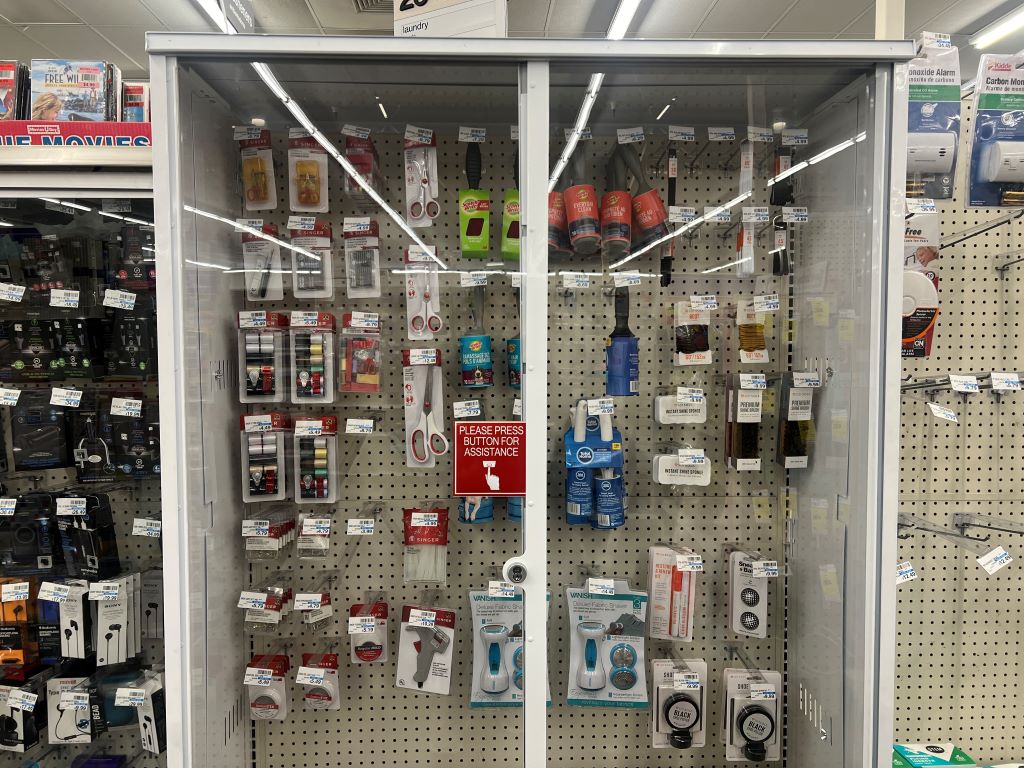
I speculate that theft prevention might be the motive. One said at Reddit about a year ago,
“We have people that, in broad daylight, will walk right in with backpacks and take everything off a shelf and shove it into their bag and leave. They don’t care if you see them, and they don’t care if they are on camera. CVS would literally not be in business anymore if we didn’t lock things up.”
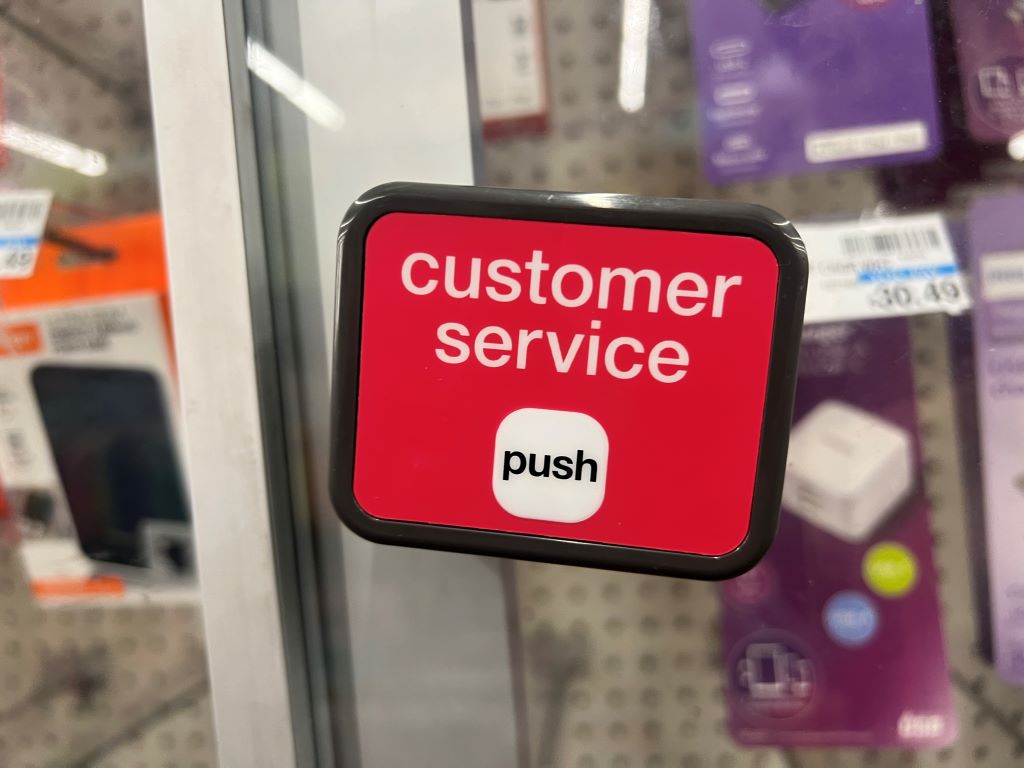
However, locking up inexpensive items can do more harm than good—it frustrates shoppers and may result in lost sales, as potential buyers could abandon their purchases entirely. This calls for store management to reconsider its approach. After all, a hassle-free shopping experience remains a crucial factor in retail success.
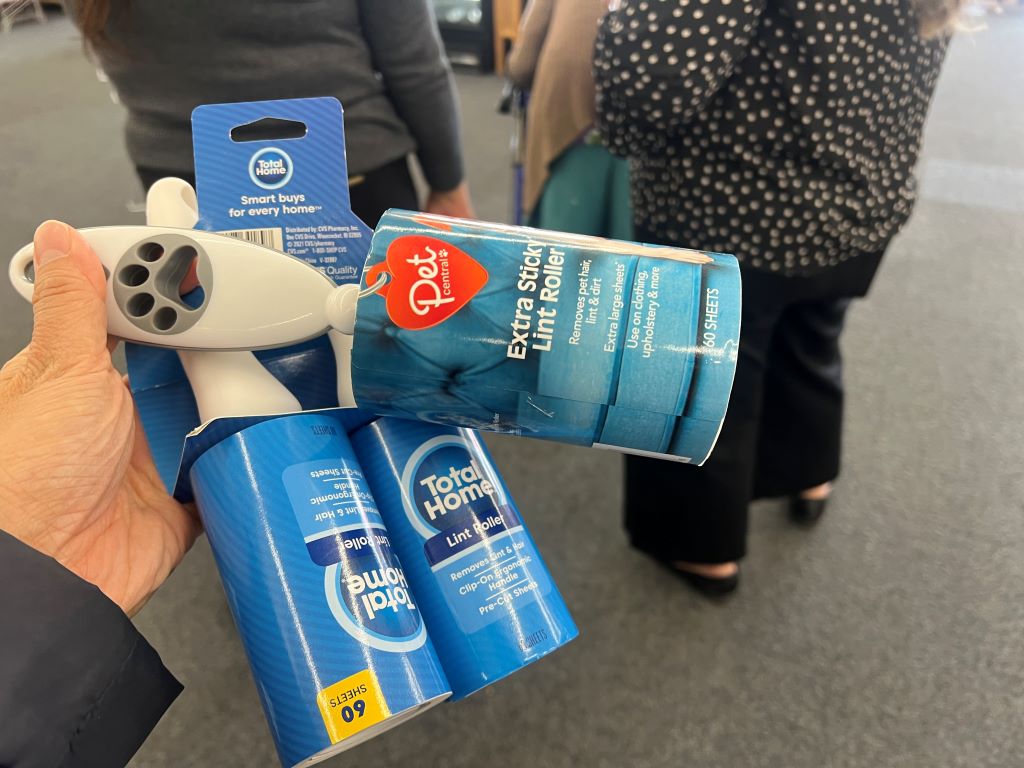
***
Reference
Bitter, A. and Reuter, D. (2024, August 11), Locked-up merchandise is turning off shoppers at CVS, Walgreens, and other big drugstores, Business Insider, https://www.businessinsider.com/locked-up-merchandise-drugstores-annoys-shoppers-cvs-walgreens-rite-aid-2024-8
- Major drugstore chains have locked up a lot of merchandise to prevent shoplifting.
- But the anti-theft strategy is pushing some customers to wonder: Why even shop here?
- Locking up so many items undermines one of drugstores’ main reasons for existing: convenience.
